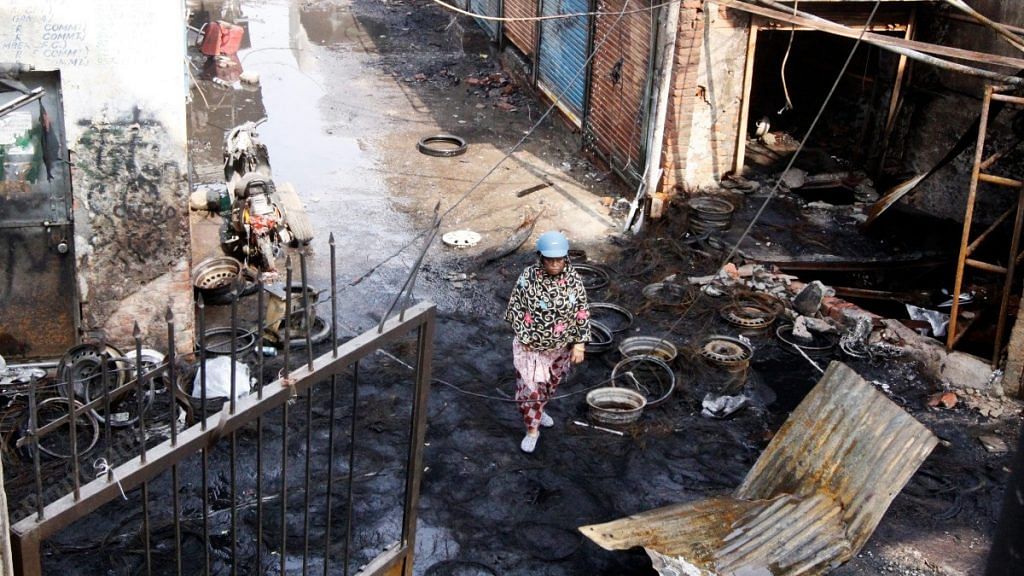Evil has many names. Some of the ones we have heard in the past few days are: northeast Delhi violence, communal violence, riots, clashes, gang war and the latest addition, pogrom. The only question here is, what’s in a name?
Not much.
As the Delhi violence death toll reaches 34, Indians are also reaching a point of losing perspective. Several activists and echo chamber-loving academics are lost in needless debate, on whether they should refer to the violence as a riot or as a pogrom. But how does it matter when even one life lost is one life too many?
Also read: Delhi riots neither designed by Modi govt, nor Islamic conspiracy. It’s far more dangerous
Academic jargon is privilege of few
To focus on anything else other than recuperation and justice is downright disrespectful to the people who lost their lives and those who lost their livelihood when shops and houses were burnt down.
Fighting on the terminology of this horrific event is really not the need of the hour. While it is true that the state reeks of willful inaction and the Delhi Police has been rightly accused of allowing and abetting the violence, engaging in academic jargon (one which is accessible and understood by only a few elites) to spell out the same is really not the best way to create awareness among people about state-backed violence.
Also read: The Delhi pogrom 2020 is Amit Shah’s answer to an election defeat
Tell that to Fatima and Rashid
The dictionary definition of a pogrom is a “mob attack, either approved or condoned by authorities, against the persons and property of a religious, racial, or national minority”. Try explaining that to Fatima, an old woman from Khajuri Khas whose sole source of livelihood, a fruit cart, was destroyed in the riots.
What also bugs me about the word ‘pogrom’ (as much as the meaning itself) is that I had to google it for ‘political correctness’.
Debating on the terminology of such a polarising incident perfectly encapsulates the classic trap that India’s intellects and liberals constantly fall into. They live in a bubble, far removed from the riots. Their jargon is only reserved for those comfortable with abstract papers grounded in complex theory. Trust academia to make itself even more difficult to understand in times of distress. It is of no use to Mohammed Rashid whose house was burned down by a mob in Ashok Nagar.
Also read: Gujarat 2002 was independent India’s first full-blooded pogrom. Delhi 1984 was a semi-pogrom
Cherry on cake
Another example that proves academia is removed from reality is academic Ashutosh Varshney referring to the 1984 Sikh riots as a “semi-pogrom” in a 2002 essay. Was it not eerie enough to qualify as a ‘complete pogrom’? I don’t think Bhagwanti, who lost 11 relatives that fateful night in 1984, could care any less.
As this needless debate of whether it is a riot or a pogrom goes on, on Twitter, we will find that more Muslims have died, their houses and livelihood gutted. With fake news and viral videos of the tragedy piling up, we certainly don’t need academic jargon to take the cherry on top of the cake. It is time to log out of your Twitter account and engage in a language useful, yet accessible to all, at least in times of distress.
And for the record, it is most definitely a pogrom.
